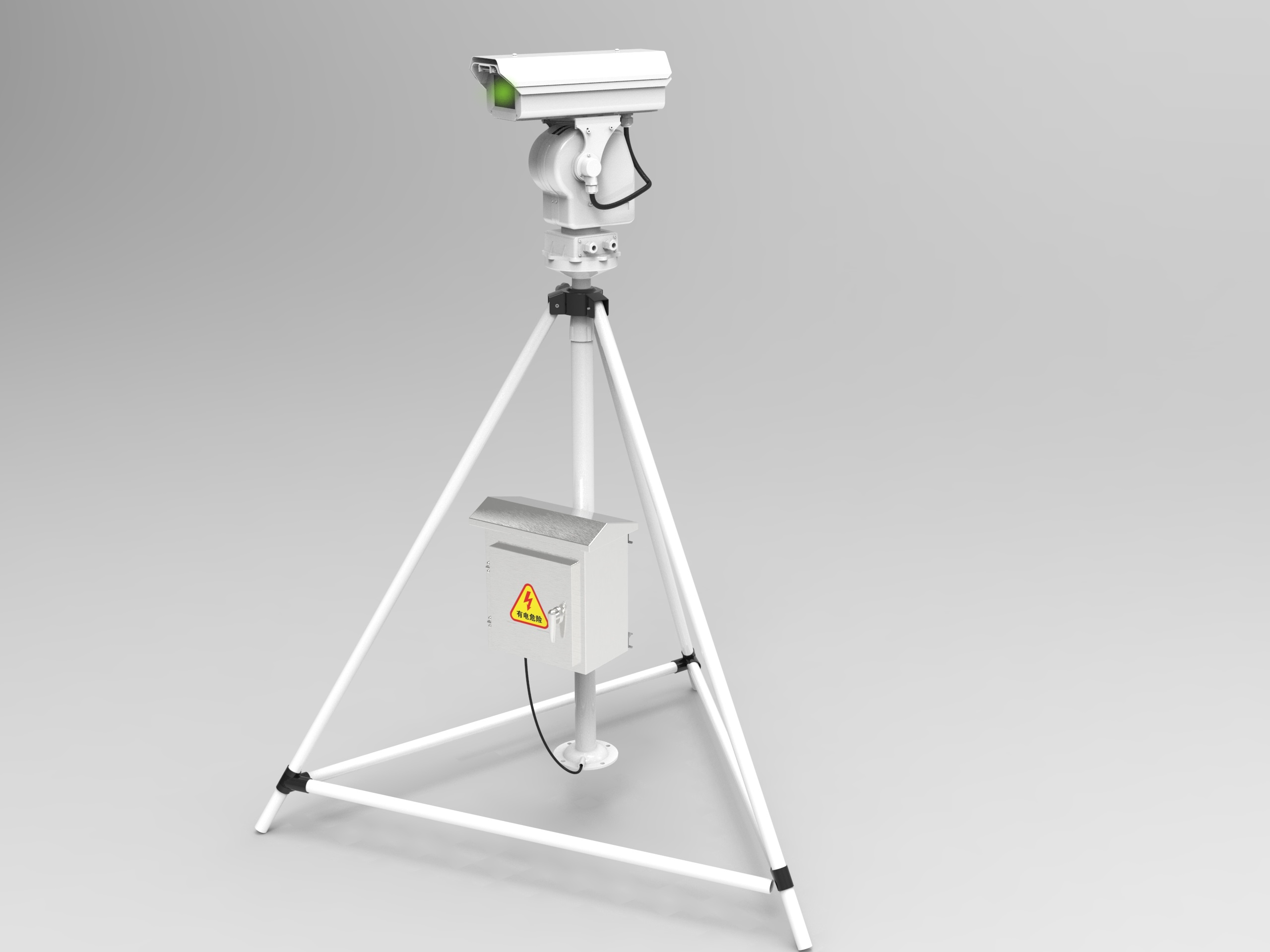Once you fill in this form, we will get in touch with you shortly, assess and solve your bird problem in the most effective way.
Once you fill in this form, we will get in touch with you shortly, assess and solve your bird problem in the most effective way.
Once you fill in this form, we will get in touch with you shortly, assess and solve your bird problem in the most effective way.
Once you fill in this form, we will get in touch with you shortly, assess and solve your bird problem in the most effective way.
April 24, 2023 View:
Bird strikes are a common occurrence in aviation, and incidents do happen from time to time. In fact, according to the Federal Aviation Administration (FAA), there were over 14,500 reported bird strikes in the US alone in 2020.
That being said, there have been notable incidents in the past where bird strikes have caused significant damage and posed a serious safety risk to passengers and crew. For example, in January 2021, a Delta Air Lines flight from Salt Lake City to Atlanta was forced to make an emergency landing after colliding with a flock of birds shortly after takeoff. The incident resulted in engine damage and debris falling from the airplane, but no injuries were reported.
Bird strikes pose a significant safety hazard to aircraft and can potentially cause damage to the airplane, endanger passengers and crew, and even lead to a catastrophic accident. Here are some of the dangers of bird strikes to aircraft:
Damage to the airplane: Birds can cause damage to aircraft engines, windshields, wings, and other critical components. The impact of a bird can result in bent or broken fan blades, dented or pierced skin, and shattered windows.
Loss of control: A bird strike can cause a sudden and unexpected loss of control of the airplane, as the bird can be ingested into the engine or strike the cockpit windshield, obstructing the pilot's view.
Fire or explosion: A bird strike can result in a fire or explosion in the engine, as the bird's body can damage fuel lines or ignite leaking fuel.
Economic impact: Bird strikes can lead to costly repairs and maintenance for airlines, as well as flight delays and cancellations, and potential legal liabilities.
Human casualties: In rare cases, bird strikes have resulted in human casualties, such as the US Airways Flight 1549 incident, also known as the "Miracle on the Hudson," where a bird strike led to the loss of both engines, and the pilot was forced to make an emergency landing in the Hudson River in New York City.
For these reasons, aviation authorities take bird strikes very seriously, and airports have bird control programs in place to minimize the risk of bird strikes, including implementing bird control programs and using technologies such as radar and laser bird deterrent systems.
When using different methods to drive away birds, factors such as the species and habits of the birds have to be considered. The types of birds that are commonly found around airports can vary depending on the location and the time of year. However, there are several bird species that are known to pose a higher risk for bird strikes at airports.
One such species is the Canada goose, which is a large bird that can cause significant damage to aircraft if struck. Other waterfowl species such as ducks and gulls are also frequently found around airports and can pose a risk to aircraft.
Birds of prey such as hawks and eagles are also a concern, as they are capable of causing damage to aircraft and can be difficult to deter due to their size and flying abilities.
In addition, smaller birds such as starlings and blackbirds can also pose a risk, as they often fly in large flocks and can be difficult for pilots to avoid.
Laser bird deterrents can be an effective method to deter Canada geese, ducks, gulls, eagles, and other small birds around airports. When a laser beam is directed towards a bird, it creates a flash of green light that temporarily blinds the bird and makes the area seem unsafe, which prompts the bird to leave the area and seek refuge elsewhere.
Canada geese are a particular concern at airports due to their large size and potential for causing significant damage to aircraft if struck. Studies have shown that laser bird deterrents can be effective in deterring Canada geese from airport areas.
Ducks, gulls, eagles, and other small birds such as starlings and blackbirds can also be deterred using laser bird deterrents. Additionally, laser bird deterrents should be used as part of an integrated bird control program that includes other methods, such as habitat modification and exclusion techniques, for maximum effectiveness.
Please contact our sales team for more information of laser bird deterrent (sales@laserdeterrent.com or WhatsApp:+8618550596602).

© Laser Deterrent Technology Company (www.laserdeterrent.com) 2022 | Sitemap